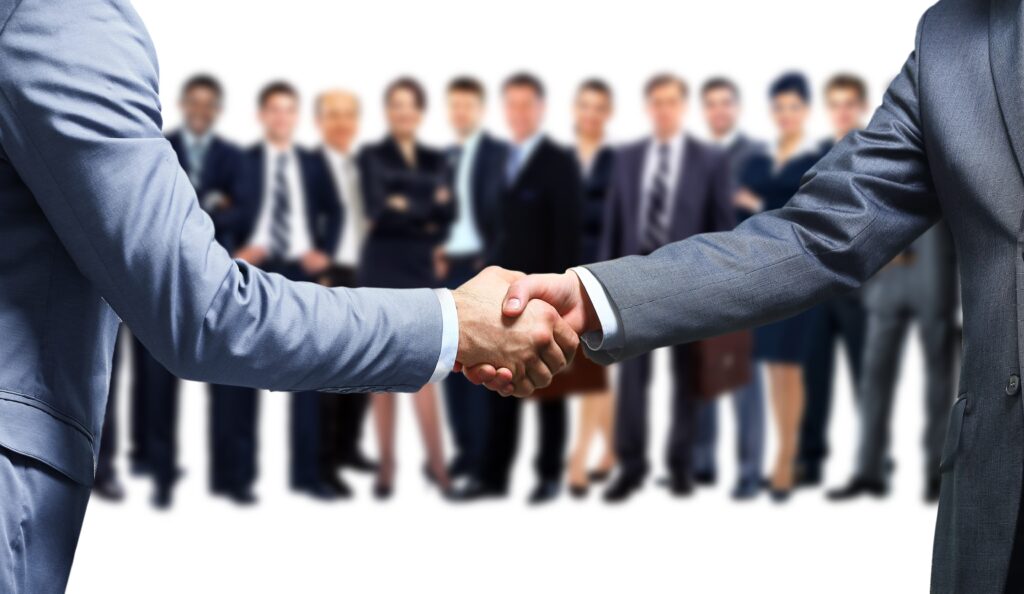In this blog, we’ll dive into edge computing.
The last decade has brought some of the most groundbreaking leaps in technological advancements.
From cloud-based storage, smartphone evolution and capabilities, to the sheer number of devices that require network connections, better, and more efficient systems are always in development.
Recently, edge computing (and with it, edge data centers) have moved towards the forefront of conversations about future solutions.
However, in a landscape constantly dominated by new trends, it’s easy to get caught up in the buzz words. And some times this is done without having a full grasp on the concepts themselves.
What exactly is edge computing? How does that relate to edge data centers? Are they really part of the future of network solutions?
Defining Edge Computing
Right now the overwhelmingly vast majority of computing applications is done so through the cloud.
Companies and individuals using any number of devices with network access are all pretty much centralized. This means they rely on a handful of public cloud providers like Microsoft, Amazon, IBM, and Google.
Not to mention the private cloud providers like Apple and Facebook.
Regardless, there aren’t many players spread out around the world who are providing cutting-edge cloud services.

Most of these providers reside in select, central hubs throughout the U.S.
Think major east coast cities like New York or Washington D.C., and Silicon Valley in California.
For the majority of the country living outside of those areas, that’s a considerable distance for data to have to travel.
Just imagine the dark ages of the strictly wired connections!
Edge computing will improve the services of any devices connecting to the internet by reducing the distance between data origin points.
Edge computing is simply relocating data processing to the “edge” of a cloud network, improving reliability, speed, and functionality.
It helps to cut down on the volume of data currently processed in these large, central hubs by dividing it across smaller network locations.
Defining Edge Data Centers
Edge computing sounds great in theory, but there are a few factors that come into play in physically deploying devices. That’s where edge data centers come in.
But just like edge computing, it can be hard to put a finger on exactly what edge data centers are compared to their traditional enterprise-level counterparts.
In order for cities, companies, and individuals to take advantage of edge computing as it grows, it’s important to understand the distinguishing features of edge data centers.
How big is it? Where is it located?
For instance, size and location play an important role in defining edge data centers.
Typically, edge data centers are smaller facilities located in tier-2 markets.
Tier-1 markets include large cities like Los Angeles, San Francisco, and Chicago. Tier-2 markets are more midsized cities like Pittsburgh, Houston, or Miami. These are cities that don’t have the same direct access to the powerful facilities located in tier-1 markets.

Edge data centers are usually located in the areas they serve.
So an edge data center in Houston should receive most to all of its data from users in the Houston area to actually be considered part of the edge.
From streaming content to playing games, the local facility should be handling a majority of an area’s data needs.
Furthermore, the edge data center needs to become its own local peering point, pulling away from the larger tier-1 hubs.
In other words, a large percentage of local users should be using the services of the facility in question in order for it to be an edge data center.
Realistically, an edge data center‘s services should reach at least half of the people in a given local area. And at the same time, it should be undertaking the movement of 75% of all content.
The physical centers themselves also tend to be on the smaller side compared to traditional data centers.
This may affect the type of equipment deployed, staffing (though most edge data centers can be operated remotely), building new vs decommissioning and renovating old structures, etc.
However, in considering that they’re serving a much smaller area, it’s almost a given that edge data centers would be smaller.
Edge Computing and Speed
The main function of edge data centers is to improve local network function and reliability. Usually, that equates to speed.
How quickly can a mobile device connect with and book an Uber driver?
Are FaceTime and video chats clear and lag-free?
Can 4K videos load and play with almost zero buffer time?
The whole purpose of edge data centers and edge computing, in general, are to effectively eliminate many of these issues.
Better quality content at faster speeds should be the outcome of a facility considering itself to be an edge data center.
And since that content is being delivered locally, the provider should be able to offer it all at a lower cost.
Otherwise, what’s the point? Speed and quality are measurable. So if a provider isn’t hitting higher numbers at a better value, odds are the facility isn’t a true edge data center.
Secure and Reliable
The thought of something being on “the edge” may make it sound like it’s vulnerable. When it comes to data, security is always going to come up as a major priority (as it should!).
Especially when considering edge data centers are typically smaller, remotely controlled facilities.
But speed and efficiency don’t mean that security takes a hit.
Despite their independence in serving specific, targeted areas, many edge data centers are actually part of a larger network.
They may connect back to a larger data facility or to a number of other smaller edge data centers. The point is, most of the time they’re not on an island.

And since any specific area with an edge data center provider will rely on it so heavily for service, any downtime would be absolutely devastating to an area.
Any proximity to peering points or connections to larger networks will only provide more tools to survey and prevent any potential attacks.
Don’t be surprised if large data-providing organizations start deviating local data duties to an array of smaller edge centers. Edge computing can be a great option for them as well.
Furthermore, an edge data center must operate as a tier-3 data center. There are four tiers that define the uptime of a data center, and as a tier-3, edge data centers guarantee uptime 99.982% of the time. And, in that rare .018% chance of downtime, a disaster recovery plan is essential.
Tier-3 data centers are standard for content juggernauts like Facebook and Netflix, and are often considered the benchmark for other content-heavy organizations at smaller sizes.
At any rate, a true data center operating at the edge will provide more than adequate (in some cases improved) security, as well as outstanding reliability.
Keys to Remember
Edge data centers are defined by:
- Size: Small facilities serving mid-sized cities
- Service: At least 50% of an area and 75% of all content
- Quality: Faster speeds and higher qualities at a better value
- Reliable: Edge data centers must be tier-3 data centers
Edge computing and edge data centers aren’t going anywhere, and that isn’t a bad thing.
Technology continues to advance and develop at an increasingly fast rate. So having the capability to use devices more efficiently at a better quality will only help advance things further.
Plus, it will make the everyday user experience even better.
Keep an eye on the major IT, tech, and data-providing organizations and be aware of how edge computing and the implementation of edge data centers may affect you, your business, or where you live.
If an upgrade or renovation to your data center requires a full-on data center decommission, be sure to enlist the help of a certified IT asset disposition company.
At exIT Technologies, we offer full IT equipment services including:
- Asset recovery,
- Network equipment sales and recycling
- Data erasure
- Full data center decommission services



